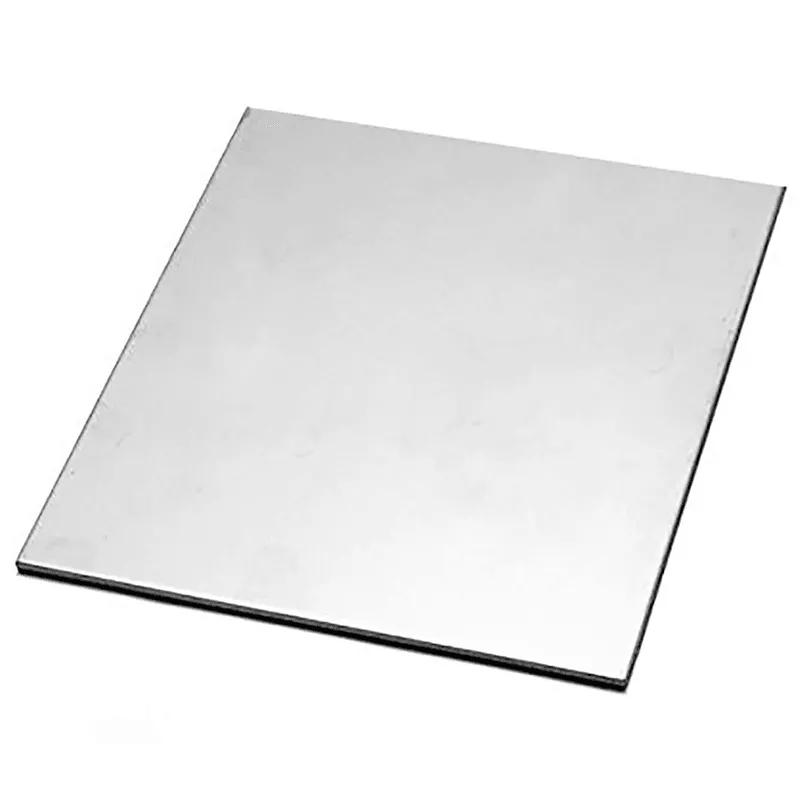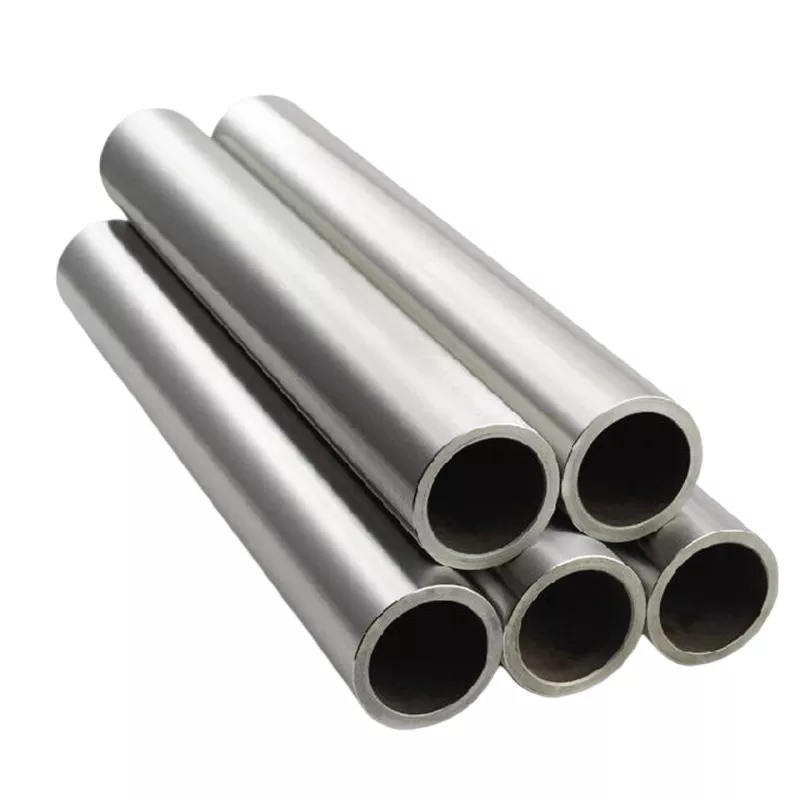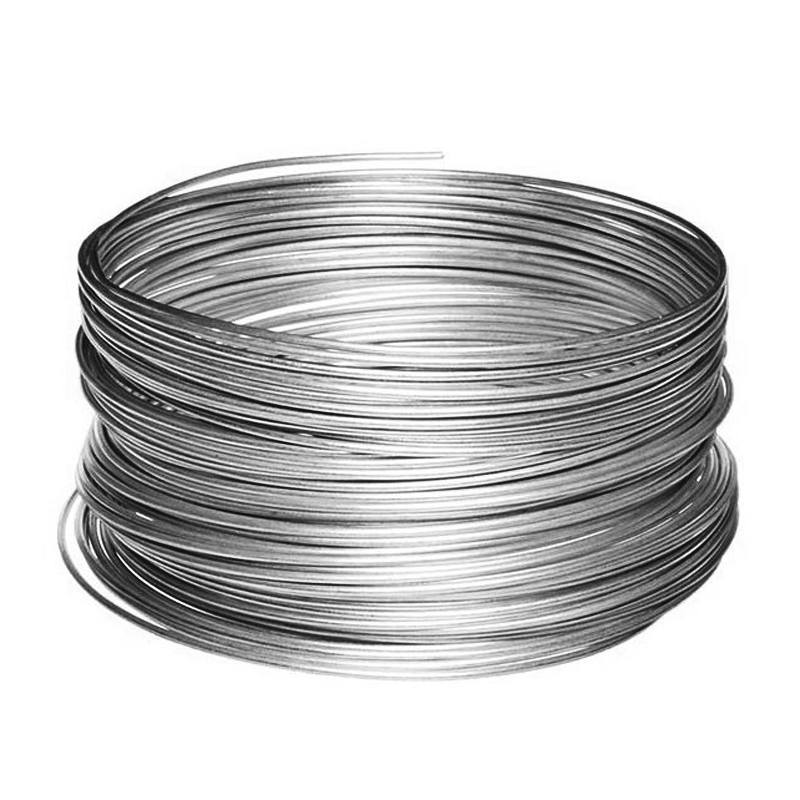Titanium alloy has become a trend in consumer electronics material innovation. Xiaomi has released a titanium alloy version of 14Pro. The improvement of titanium alloy processing technology and the reduction of material costs are expected to accelerate its application in the 3C field. We are optimistic about investment opportunities in titanium processing and related consumables. The bank believes that with the innovation of 3D metal printing technology and material structure, as well as the application of flagship products of leading consumer electronics companies such as Apple and Xiaomi, titanium alloy is expected to become an important material innovation direction in the field of 3C electronics. Titanium alloy materials are the first to be used in high-end consumer electronics products. As material costs decrease and product mass production creates scale effects, it is expected to continue to penetrate into mid- to low-end consumer electronics products.
Titanium alloy is an alloy based on titanium with the addition of aluminum, tin, vanadium, molybdenum, niobium and other elements. It has excellent properties such as high specific strength, strong fatigue resistance, good corrosion resistance and heat resistance. It is widely used in chemical industry, aerospace, It has a wide range of applications in shipbuilding, marine engineering, metallurgy, sports and leisure and other fields. The use of titanium alloy materials in the field of consumer electronics can significantly improve the structural strength of products. In the context of folding screen mobile phones becoming an industry trend, the use of titanium alloy materials for screen hinges can significantly increase the service life, and the use of titanium alloy materials will also significantly increase To reduce the weight of consumer electronics, the iPhone 15 Pro weighs only 188 grams, which is 9.6% lighter than the 14 Pro.
The 3C field is expected to become a new demand growth point for titanium materials, and the decline in material costs is expected to accelerate the penetration rate.







